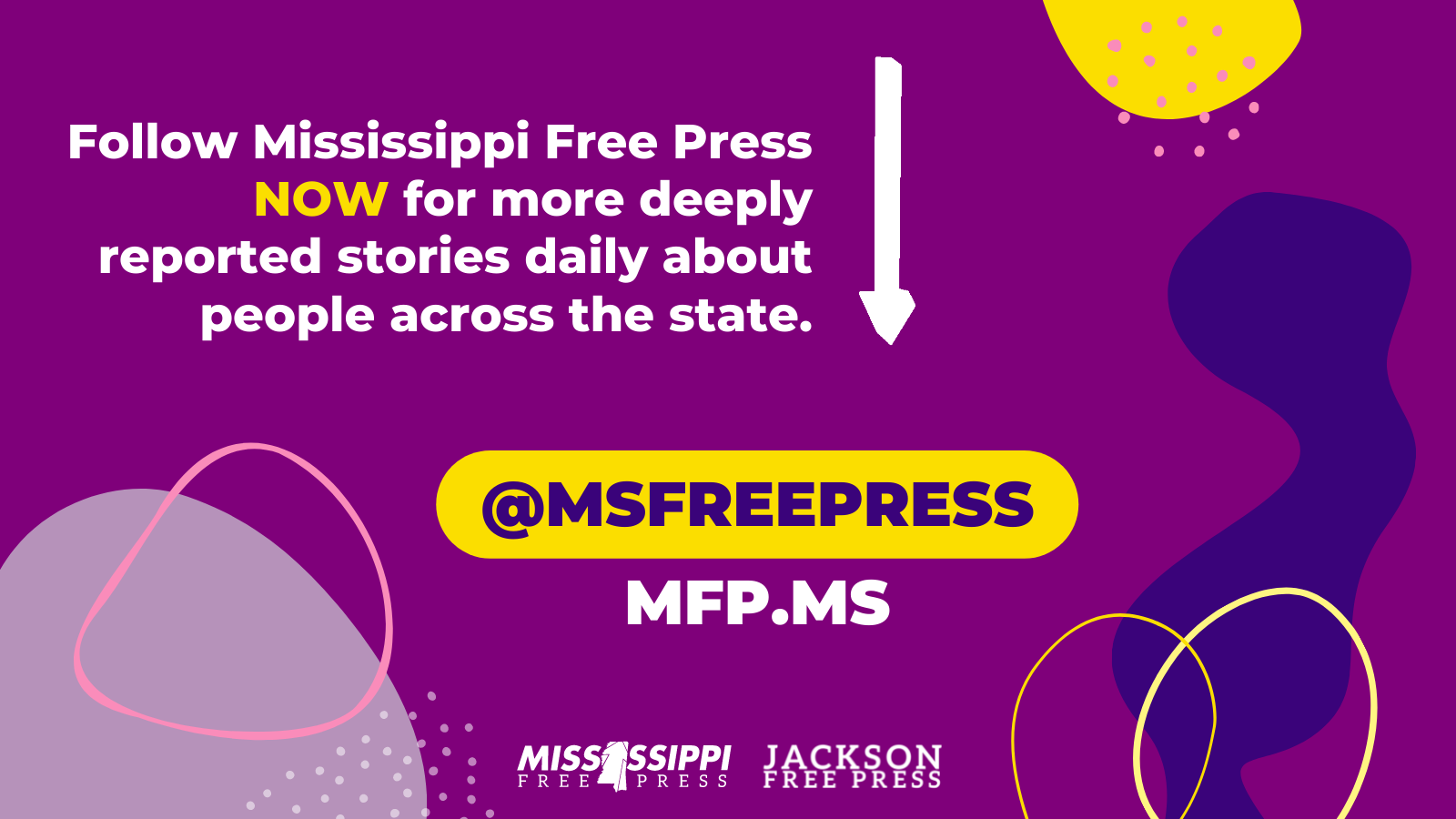Republican governors in states including Mississippi and Nebraska may be using inflated cost figures for Medicaid in order to help a movement to roll back recent health-care reform.
U.S. Sen. Ben Nelson, D-Nebraska, smacked that state's Republican Gov. Dave Heineman after he advised state educators to back a repeal of health-care reform using numbers compiled by Milliman Inc., a company often used to support Republican claims.
"The governor's study done by Milliman Inc. is seriously flawed," Nelson wrote in August. He said the study says about 60,000 people who have private insurance now will automatically drop their insurance and apply for Medicaid.
Similarly, the Mississippi Division of Medicaid report handed out to legislators last week also cited Milliman figures achieved with "enrollment numbers and projected enrollment with full participation."
"This is the most partisan behavior I've seen in modern times between Republicans and the (presidential) administration," said Rep. Steve Holland, D-Plantersville. "I don't expect anything less." He pointed to Gov. Haley Barbour's lawsuit against reform, adding that state Medicaid Director Robert Robinson is "Haley's high minion" and "a hatchet man against the poor people of Mississippi."
Division of Medicaid Deputy Lynda Dutton told legislators that she expected up to a $1.7 billion increase in state Medicaid expenditures, triggered by factors such as administrative costs related to reform for 2014.
The state's Medicaid enrollments between 2011 and 2014, thanks to expanded eligibility, could put 88,990 more children onto the rolls, and 140,948 adults and pregnant women, a Medicaid budget report stated. Medicaid officials also expect children qualifying for the federally matched Children's Health Insurance Program to increase by 840 kids to 68,000, while newly qualifying childless adults who make up to 133 percent above the federal poverty level ($29,327 for a family of four) will put 188,000 new beneficiaries upon Medicaid rolls when they qualify in 2014. The state currently has 691,677 individuals currently enrolled in Medicaid-related services, while Census figures show 20.8 percent of the population was below the poverty level in 2008.
Robinson said Milliman Inc. "included everybody and everything" and uncovered realistic costs to the state. "They are the largest firm in the world that does this, and we have a lot of confidence in what they're saying," Robinson said, adding that the increased enrollees are "going to cost us some money."
Robinson said his department is correct to assume full participation. "Do you ever remember a social program that ever came in under budget?" he asked. "We are looking at full participation, and if this recession continues we expect to have full participation. You can't plan for minimal participation."
Nevertheless, the non-profit think tank Center on Budget and Policy Priorities criticizes Milliman for ignoring U.S. Census statistics showing that not everyone makes the switch to Medicaid if the option exists. "In the 12 states that have expanded Medicaid to cover adults with incomes at or above the poverty line, an average of 23 percent of individuals with incomes eligible for Medicaid have private coverage. In the states that haven't expanded Medicaid, a nearly identical share—22 percent—of the same population has private coverage," the center wrote in its June report "Medicaid Expansion in Health Reform not Likely to ‘Crowd Out' Private Insurance."
Citing a similar Milliman Inc. assessment for the state of Indiana, initiated by another Republican governor—Gov. Mitch Daniels—the Center on Budget and Policy Priorities claims the company's "cost estimates for Indiana would be 28 percent to 38 percent lower if the analysis assumed a (Medicaid) crowd-out rate that reflected consensus research," adding that "there is no means-tested program that achieves 100 percent participation, or close to it, among those who are eligible" for it.
Mississippi Health Advocacy Program Director Roy Mitchell said the federal government is paying for 100 percent of costs for covering newly eligible individuals through 2016. The federal government's reimbursement rate to states falls to 95 percent in 2017 and levels out to 90 percent coverage after 2019.
A May report by the Kaiser Commission on Medicaid and the Uninsured predicted that Mississippi will see an increase in Medicaid enrollment of 41.2 percent between 2014 and 2019, but that the state spending on that increase will only be 4.8 percent during that time. The federal government, meanwhile, will increase its own spending on the state for new enrollees by 37 percent.



Comments
Use the comment form below to begin a discussion about this content.